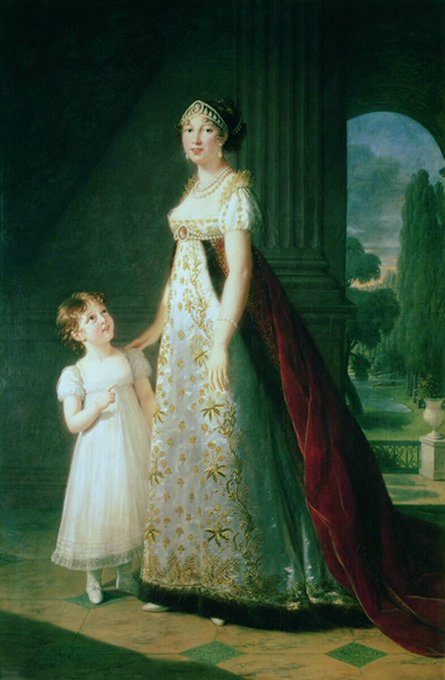Adoration of the Shepherds (1689) was painted by him in two versions at about the same time. It’s fascinating to see the elements he chose to change with one image being more intimate & the other a Baroque drama.
Here are more of his animal-human studies! Part of the decision to create them was pedagogical.
His history paintings helped establish the idea that that genre was the most elevated form in painting, a tradition that would continue in the West into the early 20th C. Entry of Alexander (1664), Alexander (1665) & Study (1665-73)
The King loved Le Brun’s vision & made him Court painter & ennobled him in 1662. Now he had control of decoration in the French palaces too. The Family of Darius (1660), The King Governs (1661), King Louis XIV (c1663) & Study for Alexander (c1660)
In 1650 he started one of his most important projects - the Hôtel Lambert. Here he applied all his decorative skills to create an ensemble. Chancellor Séguier (1655-61), Holy Family (1655) & the Repentant Magdalene (1655)
In Rome he worked with Poussin for 4 years. The influence of his master on him was profound - as were the influences of Italian artists working in the city such as Guercino & the Carracci. Death of Cato (1646), Martyrdom of S Andrew (1646-7) & Descent from the Cross (1640s)
Born in Paris, he was set to train under Simon Vouet at 11y & was getting commissions by 14y. Poussin liked his work & the two set off for Rome in 1642. Martyrdom of S John the Baptist (1641-2), Pietà (1643-5) & Daedalus & Icarus (1645-6)
Vigée Le Brun died in Paris, aged 86. Her ravishing work is her epitaph & demonstration of her determination to paint no matter what challenges were thrown at her. Madame Baudin (1835), A Lady (1831) & Aglaé Angélique Gabrielle de Gramont (1824)
Le Brun continued to travel & paint in London (1803) & Geneva (1807 & 1808) Portrait of Louisa, Queen of Prussia (nd), Duchess of Polignac (nd) & Self-Portrait (1808). Her self-portrait is of a modern woman, a sense of self & an artist who succeeded on her own terms.
Once her name was removed from a list of counter-revolutionaries she was able to return home (1802). Queen of Naples & her Daughter (1807), Portrait of Madame de Staël (1809) & Portrait of Angelica Catalani (nd). Her work is more classical reflecting the now fashionable style
































